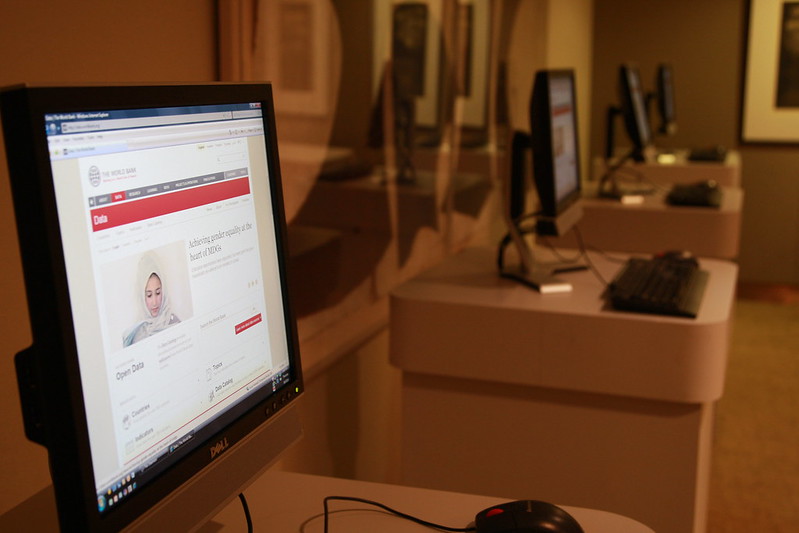
OVERVIEW
The higher education system needs to expand with a strategic focus on the future economic development of Afghanistan. The country requires a major increase in the number of university graduates to create a modern, well-educated workforce. In addition, the number of female graduates needs to increase sharply to promote gender equity and empowerment. The ARTF has played an integral role in the reconstruction of the higher education system in Afghanistan. The Ministry of Higher Education (MoHE), has prepared a second National Higher Education Strategic Plan (NHESP II) to underpin the development of higher education over the period 2015-2020. The NHESP II outlines a broad development framework and an annual rolling implementation plan.
CHALLENGE
Increased female enrollment in higher education is one of many achievements in securing women’s equality and empowerment in the last decade in Afghanistan. Others include the guarantee of equal rights for women in the constitution, new employment opportunities, and greater participation in local and national governance.
Yet, women remain severely underrepresented in all sectors even though they make up almost half of the population in Afghanistan. Decades of conflict in Afghanistan as well as traditional cultural and social norms have pushed women into disadvantaged positions, making their empowerment, in general, and access to education, in particular, a challenge.
APPROACH
The Higher Education Development Project (HEDP) aims to improve access to higher education and to raise its quality and relevance. It supports the reforms initiated through the National Higher Education Strategic Plan II and focuses on outcomes and results rather than inputs. The project is building capacity in public universities through scholarships and training; focusing on Outcome-Based Education and Student-Centered Learning; fostering research; and encouraging e-learning. It promotes female enrollment, in particular, in public universities through a series of initiatives. HEDP is implemented by the Ministry of Higher Education.
RESULTS
HEDP addresses the underlying factors that impede access to higher education for both women and men. It is taking measures to increase enrollment in key priority disciplines (those that contribute to economic and social development), especially female enrollment; promote student-centered learning; foster research and collaboration to improve teaching and learning; and expand access to online education resources.
-
Institutional development plans: By 2019, 13 public universities had instituted five-year plans in line with the National Higher Education Strategic Plan.
-
University enrollment: Total enrollment in priority degree programs in public universities increased from 64,200 students in 2015 to 81,900 in 2019.
- Female enrollment: Enrollment in the first year of university in priority degree programs increased from 3,000 female students in 2015 to 5,300 in 2019.
-
Academic staff: Full-time staff with at least a Master’s degree in priority degree programs increased from 700 in 2015 to 1,600 in 2019.
ARTF contribution
HEDP is supported by an ARTF grant of $55 million. It has approved funding from July 7, 2015, to December 21, 2022.
Moving Forward
The ARTF initially co-financed a World Bank supported the Afghanistan Strengthening Higher Education Project (SHEP), which began in 2005 and was completed in June 2013. SHEP’s objective was to progressively restore basic operational performance of the sector through support to 12 core universities and the MoHE. SHEP achieved this objective through investments in human resource development, curriculum standardization and the restoration of basic physical infrastructure such as lecture rooms, laboratories, and libraries in the 12 selected universities. The HEDP builds on the achievements of SHEP, incorporating lessons into the design of the new operation. HEDP will continue support Afghanistan’s drive to improve human development, including a broad spectrum of higher education development initiatives.